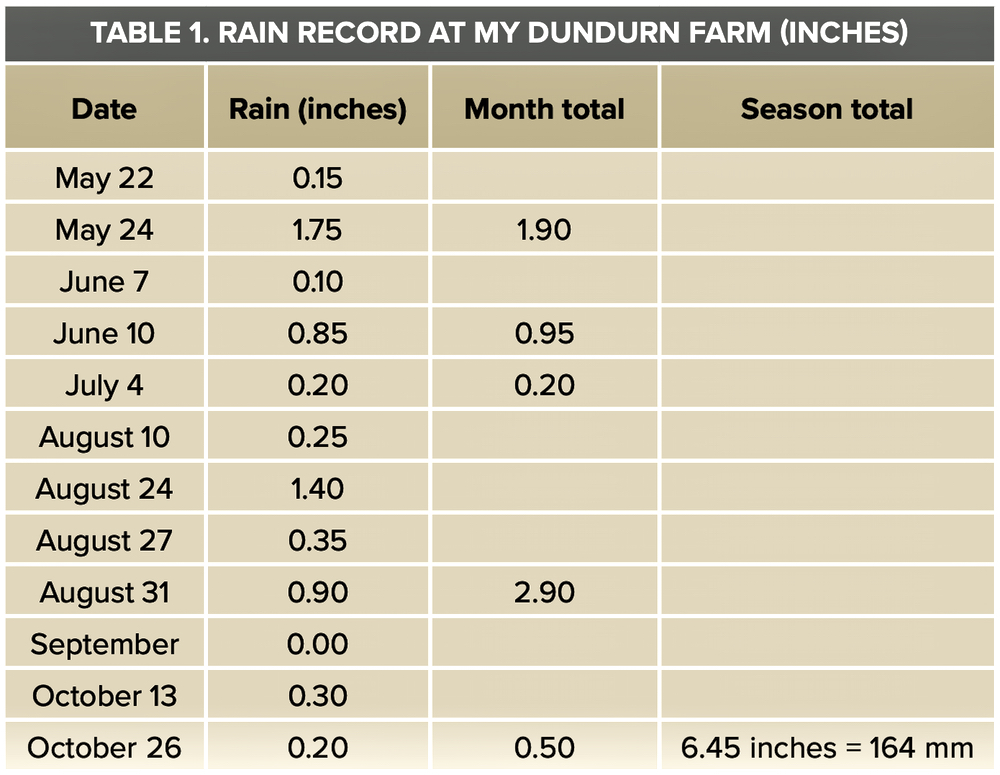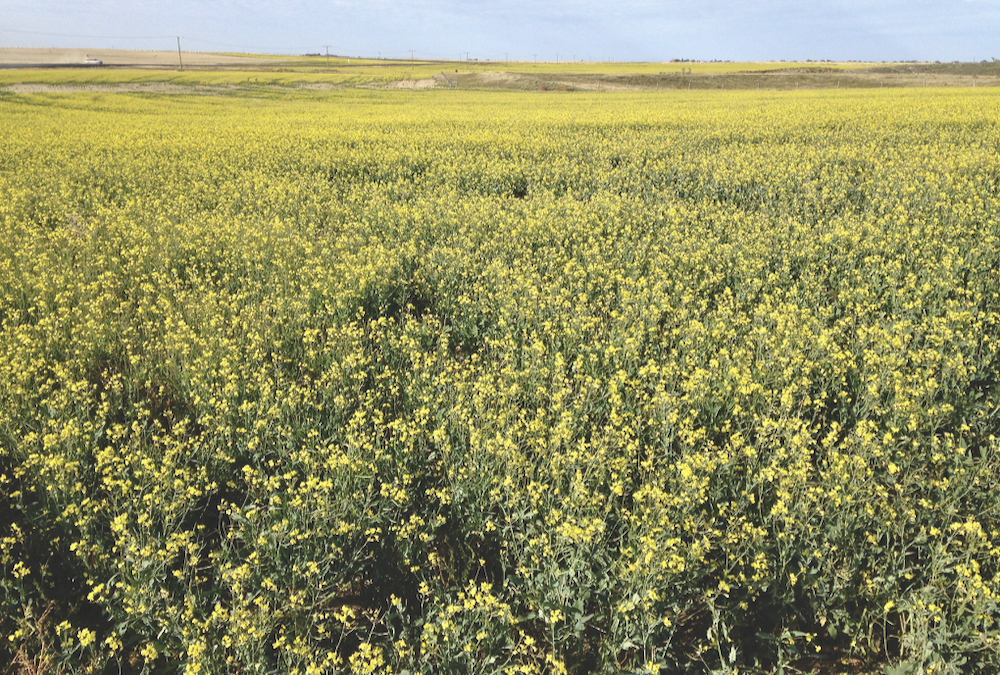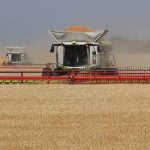As I watched the 2021 growing season unfold, there came a time when I started to think about the “Birch effect.” Lo and behold, when I went looking for the papers that documented the Birch effect, I stumbled on a piece titled “Fall Soil Sampling: the ‘Birch’ Effect” by Les Henry in the October issue of Grainews in — you guessed it — 2002.
The 2002 crop was the last time we saw a serious drought that gave truckers an easy job at harvest over big areas of the Canadian Prairies. My message at that time was to encourage fall soil testing, but that has already happened for many farms this year. There was lots of time after the 2021 skimpy harvest to get it done and many have now done just that.
Read Also

Farm families gain clarity from financial transparency
On family farms, especially multi-generational operations, being open about finances isn’t just good practice — it’s essential for business survival and harmonious relationships, Alyssa Brown writes.
What is the Birch effect?
I first encountered literature on the Birch effect in 1973, while on a two-year stint working on wheat production in Tanzania in East Africa. We were housed on the slopes of the famous Mount Kilimanjaro which rises to an elevation of 19,340 feet above sea level. My first order of business was to check out the literature. We were on a coffee research station that had a fair library, including some scientific journals.
H.F. Birch, working in Kenya, found that after a long, hot, dry spell, the onset of rains brought a big flush of mineralization. The flush released significant amounts of available nitrogen. Keeners can check it out — Birch, H.F. Plant and Soil, vol. 10, 1958, pages 9-31.
Observations from 2021 crops at and near my Dundurn farm
Soil moisture was non-existent as of freeze-up 2020. The big snow and blow of Nov. 7-8, 2020, left thick, hard, snow drifts in all of the sloughs around the farmyard and fencelines and in higher elevations on the lee side of the wind. The soil went into freeze-up dry, so the snowmelt mostly soaked right in and did leave significant soil moisture in places. Without that snow contribution, the combine would not have been used this year.
Table 1 (below) shows the rain record for the annual crop in 2021. It was not only dry but hot, so small rains were soon sucked up with no contribution to available soil water. The rain record showed only 3.1 inches of rain in May, June and July. It is hard to put an average soil moisture value but a guess would be about three to four inches of available water.

I keep two rain gauges mounted on posts away from buildings and separated by about 100 paces. If they do not show the same, I suspect local showers and check soil in far parts of the quarter section to gauge local variability. This year that was no problem. The rain gauges must have felt very neglected as many times all I found was dead flies, etc.
The cropland is rented out now but still I keep close track of crops, rain, soil moisture, etc. There is also a large farm garden and a 1000-plant asparagus patch to tend and observe.
Wheat crop
Wheat was seeded on May 5 and most of it germinated but on dry knolls some germinated and died. The reduced plant population resulted in better growth when moisture stress hit. The May 24 rain flushed up weeds and an early June herbicide application smoked them. On August 11, a 20-bushel-per-acre crop was combined — nice, red, No. 1 CWRS wheat, 62 pounds per bushel and 16 per cent protein. I am convinced early seeding was a big factor in attaining that yield in this bad year. Kudos to my renter who did a good job of seeding and smoked out the weeds at the right time.
If I plug three inches of rain plus four inches of soil moisture into the equation on page 115 of Henry’s Handbook, it suggests a wheat yield of approximately 17 bushels per acre. That is low, especially considering the very hot conditions. The complete role of subsoil moisture is uncertain but good and early seeding, good fertility, timely weed control and good genetics played a significant role.
Canola
Canola in nearby fields was mostly seeded in mid- to late May and struggled big time to survive. In the end, most was swathed or sprayed in mid- to late August, and a poor crop combined not long after. The canola did not really mature — it just dried up.
Birch effect kicks in
When the nearly three inches of rain came along in late August, the harvested canola fields took off like a rocket (see photo at top). It was watching that happen that jogged my memory about the Birch effect. The searing heat of July and hot August had set up the organic matter so the microbes could have a heyday when that significant rain came along.
Cover crops – the 2021 example
You might wonder what this has to do with cover crops. The grand canola regrowth shown in the photo made a grand cover crop. Very good to have those roots — rooting around and doing their thing for the soil microbiology. However, in the process, it quickly sucked up all of the nearly three inches of rain that came in late August. That field and many more like it will go into freeze-up bone dry. That is why I have always claimed cover crops are a non-starter in the brown and dark brown soil zones of the Canadian Prairies.
Let us hope we have a good snow cover that might help recharge soil moisture and good and timely rains for a great 2022 crop average. I will be preparing the soil moisture map early this year and will also be providing some data about yields in relation to soil moisture plus rain to help set realistic yield goals for 2022.
The year 2021 will go into the record books as a prime example of Henry’s Rules of Farming: Rule No. 1 — Mother Nature is in charge. Rule No. 2. If in doubt, see Rule No. 1.
Have a good winter and here’s to better things next year.
















